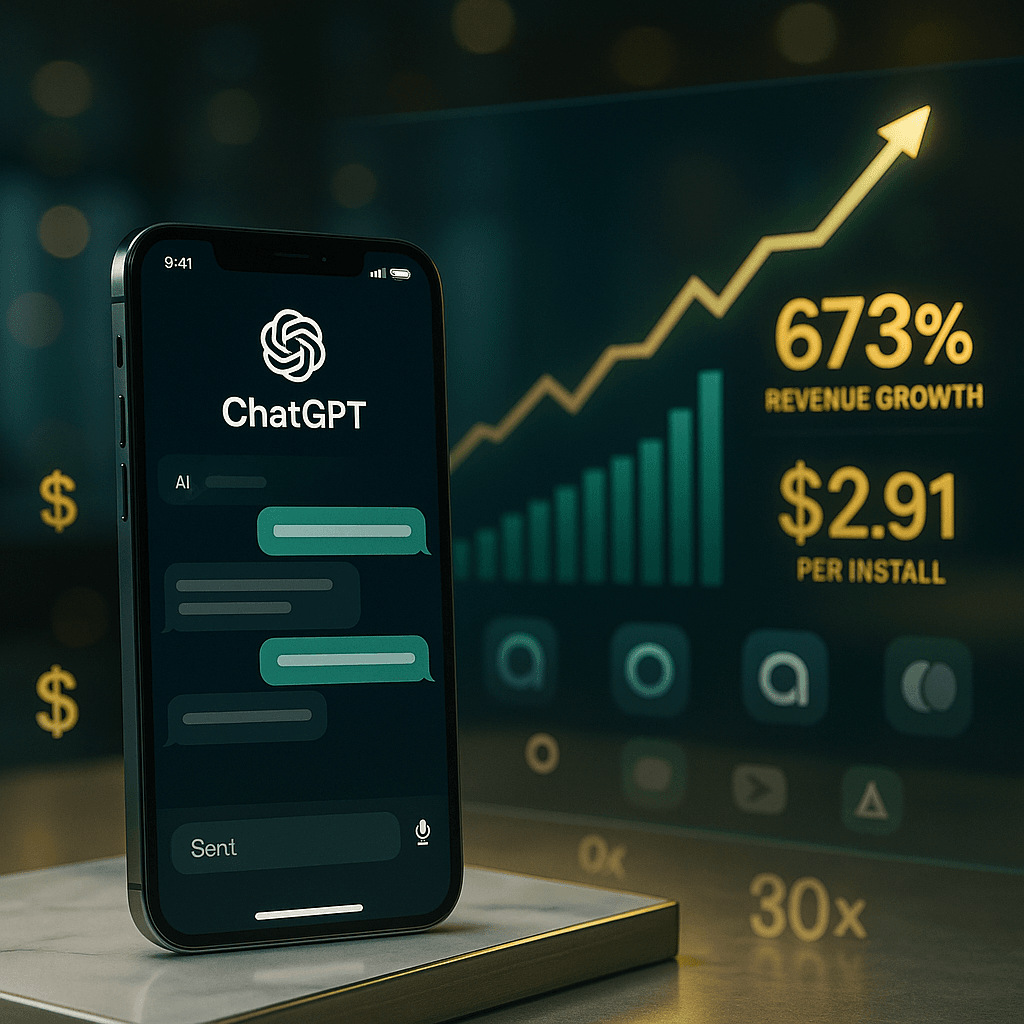TL;DR:
• CoreWeave stock crashes 20% on 27¢ loss vs 21¢ expected
• Insider lock-up period expires Thursday, potentially adding selling pressure
• Revenue tripled to $1.21B but analysts worry about delayed capex spending
• Company raises 2025 guidance to $5.35B despite near-term headwinds
CoreWeave just delivered a brutal reality check to AI infrastructure investors. The data center company's stock plummeted 20% after posting a 27-cent per share loss that badly missed Wall Street's 21-cent forecast, with the selloff intensifying as insider trading restrictions expire Thursday. Despite revenue tripling to $1.21 billion, the timing couldn't be worse for early investors.
CoreWeave just handed AI infrastructure investors a harsh lesson about the difference between revenue growth and profitability. The New Jersey-based data center company saw its shares crater 20% after reporting an adjusted loss of 27 cents per share, significantly worse than the 21-cent loss analysts polled by LSEG were expecting.
The timing couldn't be more precarious. CoreWeave's lock-up period expires Thursday evening, potentially unleashing a wave of insider selling that could amplify the stock's volatility. The lock-up restriction has kept early investors and employees from selling shares since the company's March IPO, when it debuted as one of the hottest AI infrastructure plays.
"We remain constructive long term and are encouraged by today's data points, but see near-term upside capped by the potential CORZ related dilution and uncertainty, and the pending lock-up expiration on Thursday," Stifel analysts wrote, referencing CoreWeave's recent acquisition of Core Scientific. Core Scientific shares fell 7% Wednesday in sympathy.
The earnings miss exposes a critical tension in the AI infrastructure boom. While CoreWeave's revenue more than tripled from a year ago to $1.21 billion, easily beating the $1.08 billion Wall Street forecast, the company is burning through cash to fuel that growth. Finance chief Nitin Agrawal told analysts that demand continues to outweigh supply, but investors are clearly questioning the path to profitability.
Morgan Stanley analysts highlighted another red flag: light capital expenditure guidance and delays in some spending until the fourth quarter. "This delay in capex highlights the uncertainty around deployment time; as go-live timing is pushed, in-period revenue recognition will be smaller," they warned. For a company whose entire value proposition centers on rapidly deploying AI infrastructure, timing delays are poison.












